More Summer Lepidopterans
I’ve been attempting to slow down a bit in the garden and just sit and be still and that has included sitting on the perimeter blocks to watch butterflies. It’s been a lesson in working my stealth mode photography skills as well as a lesson in not reaching out to pull weeds constantly. In my attempts to learn a bit more about what is using the garden and when, I’m getting my camera out and taking photos to document it all. The other day I was weeding out the strawberry bed and had this tiny insect on my hand that I couldn’t identify. It was possibly some sort of leaf-footed insect but had the coloration of a peppermint shrimp and was very tiny. Hopefully I can find it or another like it again and figure out what it is!
Until then—leps, lots of leps!
But first, we’re going to start with the most prolific and showiest species at the moment, the gulf fritiliaries.

Let’s take a quick intermission from all of that bedazzled orange and enjoy a non-lepidopteran, the common whitetail dragonfly, Plathemis lydia. Definitely our most common dragonfly in the garden.
Now, back to the gulf frits…
I recently, finally, bought a butterfly book. We have Butterflies Through Binoculars for Florida and while there are some overlaps for sure, there are definitely a lot of species that don’t show up in that book. So I bought Kaufman Field Guide to Butterflies of North America. Two things I’m noticing in that book is that there isn’t a lot of diversity in my region specifically—though if you head west towards central Texas you get a little bit more of a chance for seeing neo-tropicals from Mexico or other northern species. The second thing I’m noticing—there are a lot of skipper species!
I had to keep flipping and flipping before I was finally able to identify this species, a clouded skipper. This one played hide and and seek with me on the salvia for awhile before hopping over to the false nettle. It appears their larval food plant is primarily weedy grasses—so I’ve got that covered!
Now this one I had seen before in Florida but I had always just given it the generic ‘checkered skipper’ name but this is a tropical checkered-skipper. Confined to the lower south and Florida, this particular butterfly’s larval host are mallows. And boy, do I wish I could grow some mallows for it. The deer think mallows are their own favorite food source, so mallows have to hidden well or not grown at all in my garden! Though, I do have the okra behind the fence in the edible garden, I wonder if the skippers would like that? Hmmmmmm…
In Florida I was familiar with seeing the phaon crescent on a fairly regular basis so I initially thought that was what this butterfly was. But that bright yellow on the bottom of the wings changed that idea. Turns out this is a pearl crescent! Their larval host are asters and I do have some of those around the yard. I’ll have to keep an eye out for odd caterpillars.
One of my new favorite butterflies is turning out to be the long-tailed skipper. They are easy to identify with their long tails and their iridescent blue-green is spectacular when the sunlight hits it directly. A subtle beauty flitting about the garden!
And lastly, a butterfly I’ve been waiting to see in the garden for several years now, a pipevine swallowtail! I noticed it nectaring one evening after work and I wasn’t sure which swallowtail it was—they confuse me with their similar markings and then their inability to sit still so I can id them—so I took some photos and video and proceeded to go down the Google Images rabbit hole while I was grilling chicken for dinner that evening. Sure enough, it was a female pipevine swallowtail and then I knew I had to go and search for eggs on the pipevine.
I ended up finding several clutches of eggs on the pipevine that covers the lattice where we keep our riding mower. I cleaned up the butterfly tent and trimmed off the parts of the vine where several clutches of eggs were and put them in the tent. A few days later they hatched but as the days went by I was noticing they weren’t really eating. And then I started seeing dead caterpillars here and there—tiny little 1st instars. I didn’t think much of it at first until I went back out later and saw more dead and then I did some more digging online.
Last year I had asked Chris if he remembered which species the pipevine was because we’d lost the tag long ago. He thought it was the ‘Dutchman’s pipe’ or ‘the common one’ but at that time I had looked up the flowers of the native ones and they definitely didn’t resemble the flowers of what we had. I never really took photos of the flowers for some reason—I can’t find any at least—but I do remember what they looked like. Anyway, last year when I was looking up about the pipevine species I had thought it was either going to be A. gigantea, A. grandiflora, or A. elegans. This was based on the leaves at the time because I didn’t have a flower to compare. And I had come across information that gigantea was toxic to the pipevine swallowtail caterpillars (though I think polydamas caterpillars will eat this particular species). I’d filed that info in the back of my head but because we had never seen a pipevine swallowtail I wasn’t too worried.
Well. Here we are and all of those cute caterpillars hatched and then died. I’m going to take a good guess that what we have is the gigantea. It looks like elegans may be toxic to them as well. I found more eggs on the pipevine and brought them in and will keep a close eye on them and as soon as they hatch I will transfer them to my A. fimbriata leaves. I don’t have a ton of that plant but am now induced to get more or start more from seed. It does well in part-shade as a ground cover and we could definitely use it to fill out some shadier areas of the garden in other areas. I also started A. watsonii from seeds a friend gave me and I have two plants already in the garden. Chris bought a larger pot when we were at our local nursery last weekend and since it is a southwestern pipevine it might work well in our non-irrigated cactus bed.
So, this tragic sequence of events has me looking into alternatives to the current pipevine and possibly discussions on keeping the plant or replacing it with a more butterfly friendly species. It is gorgeous but I feel really crappy about enticing pipevine swallowtails to lay eggs only for their progeny to meet their demise.
Still waiting on monarchs to return—it was around this time last year they started showing up so I’m keeping my eyes open.
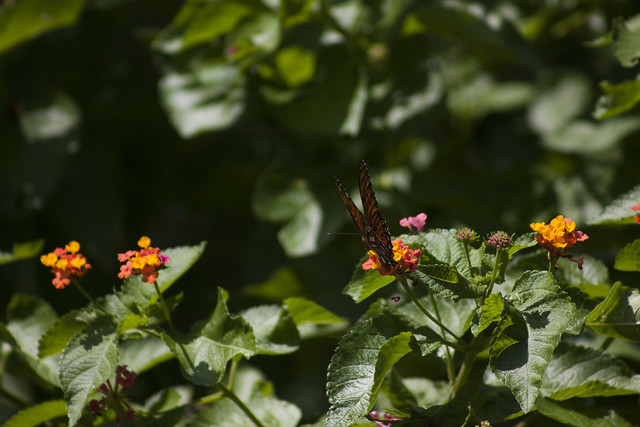
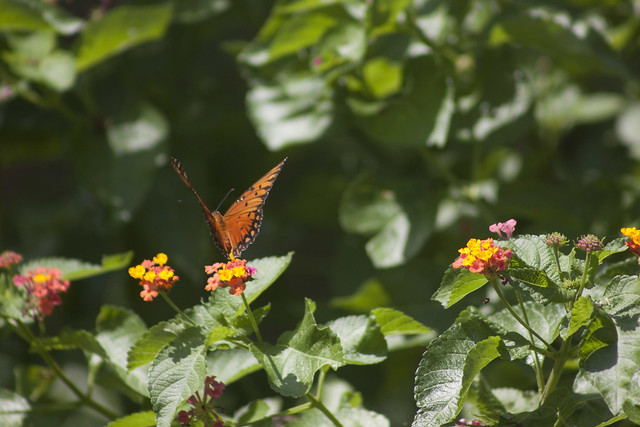

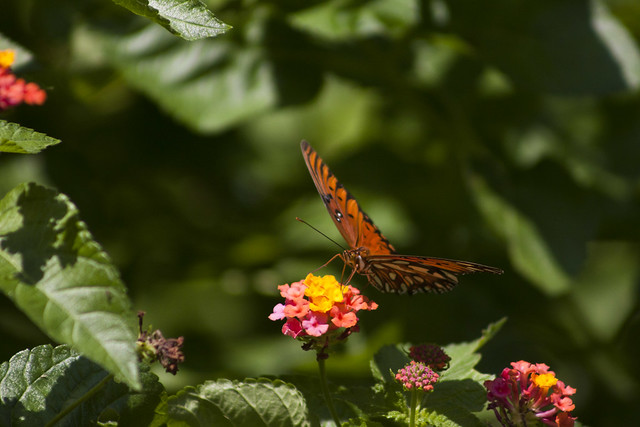
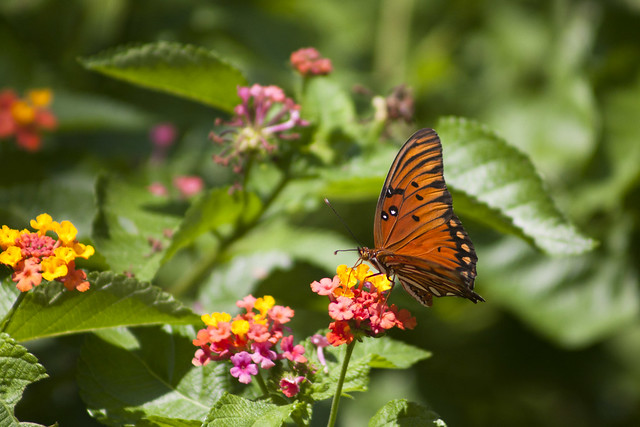
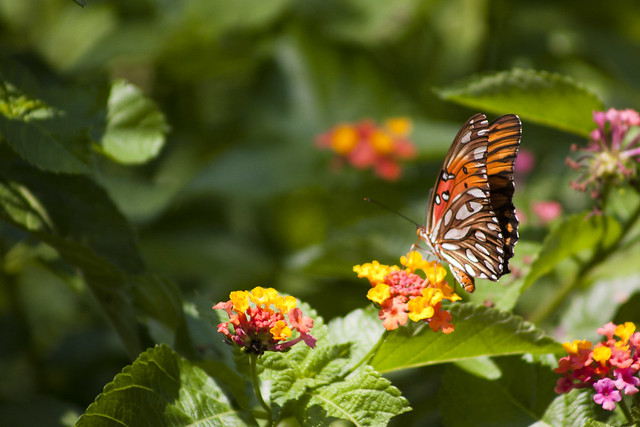

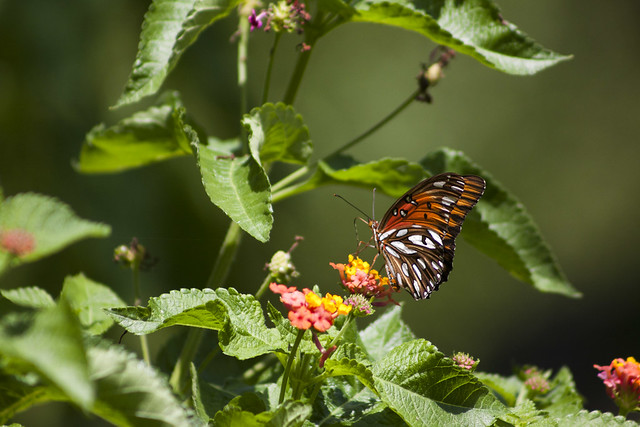
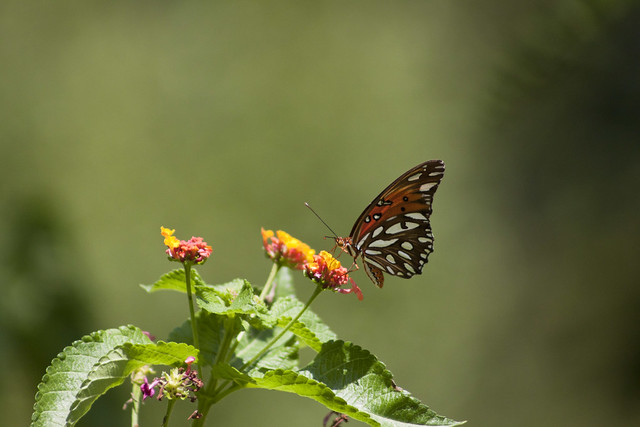
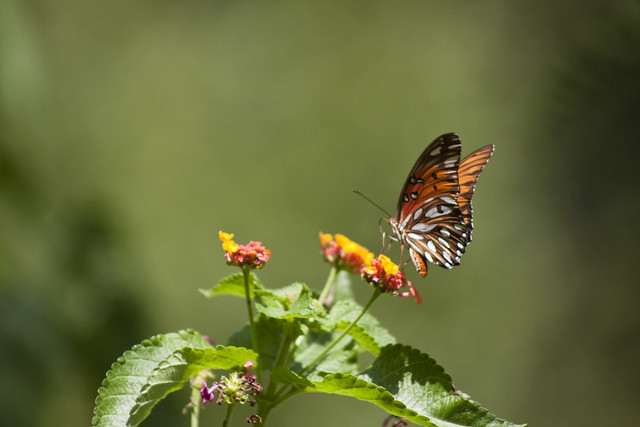
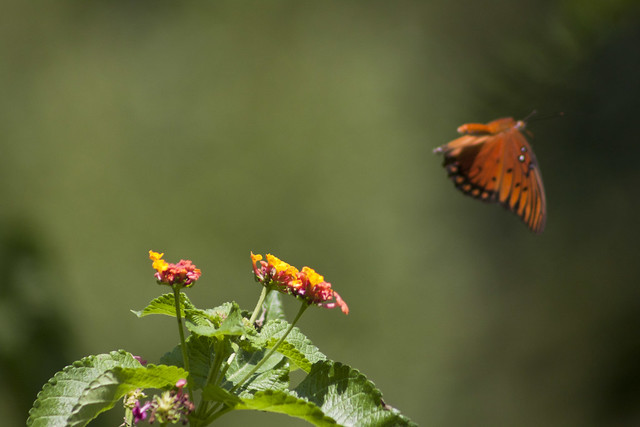
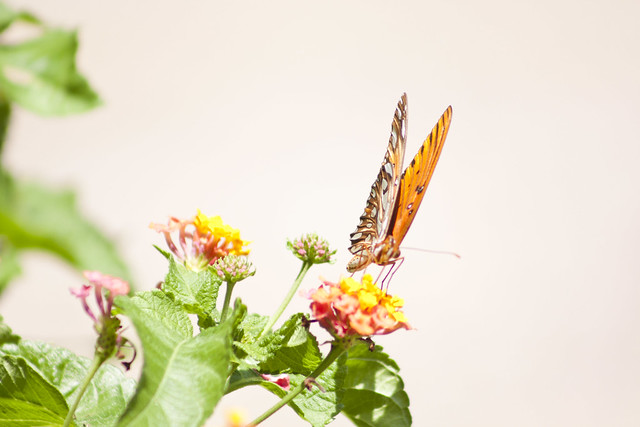
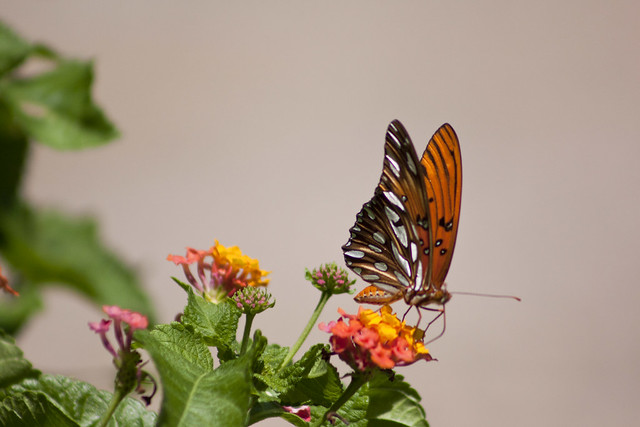
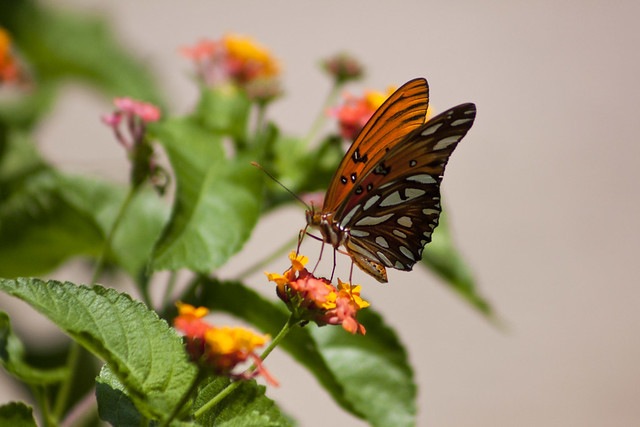
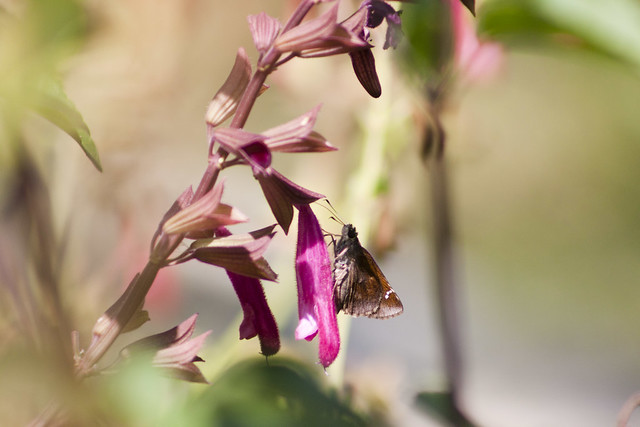

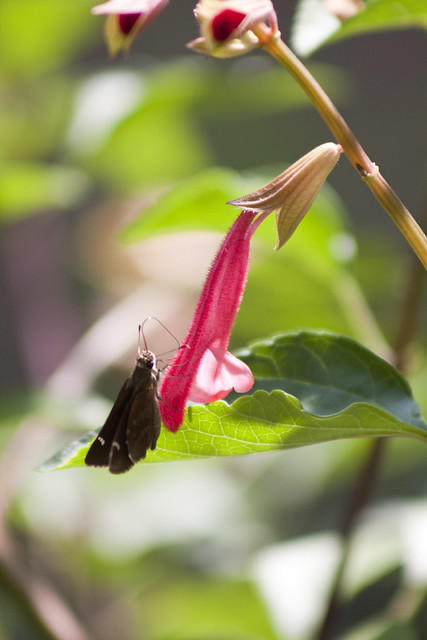


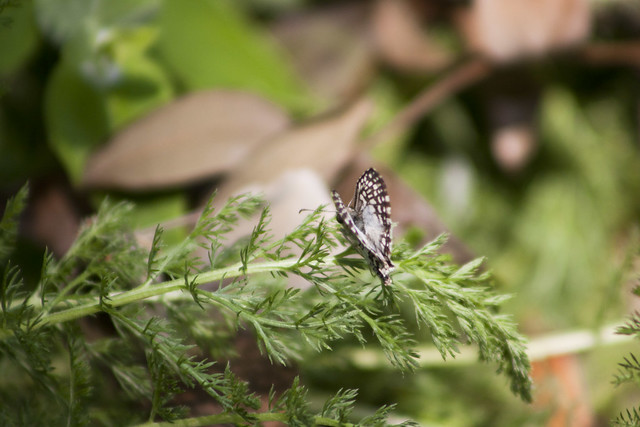

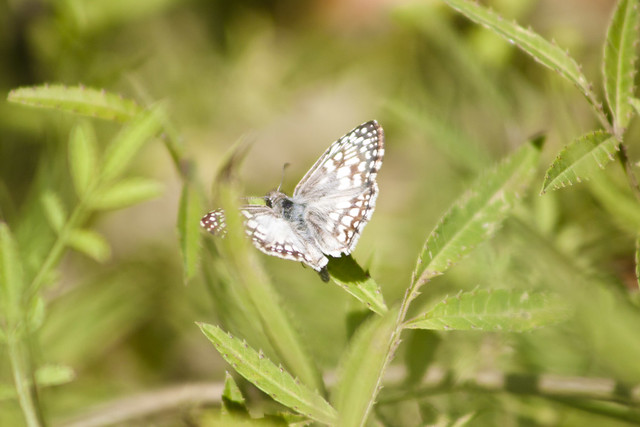
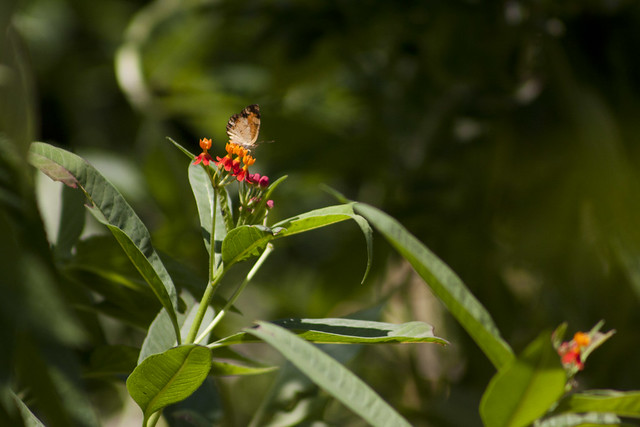

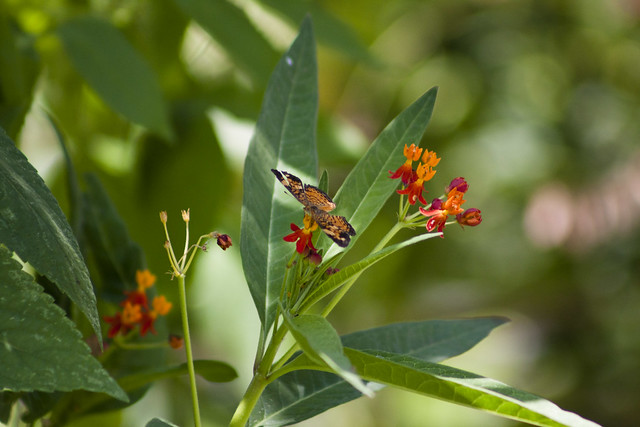



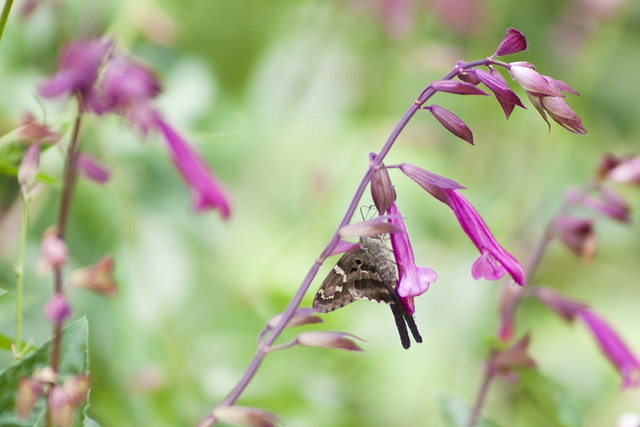

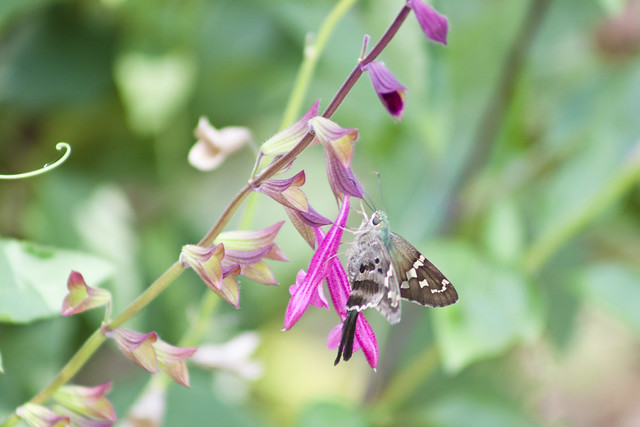
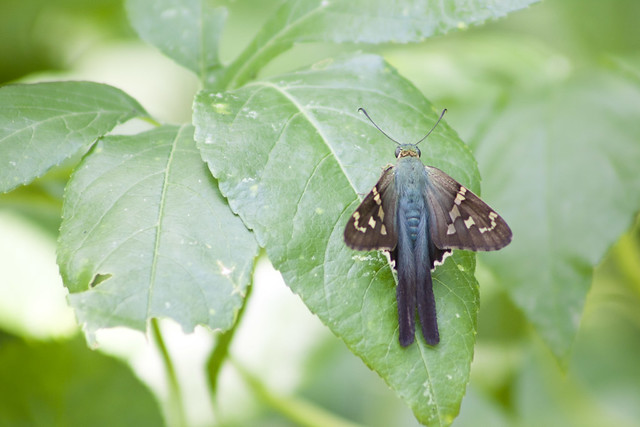
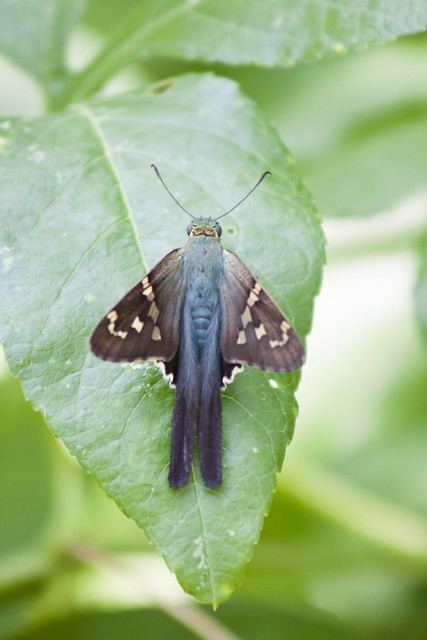
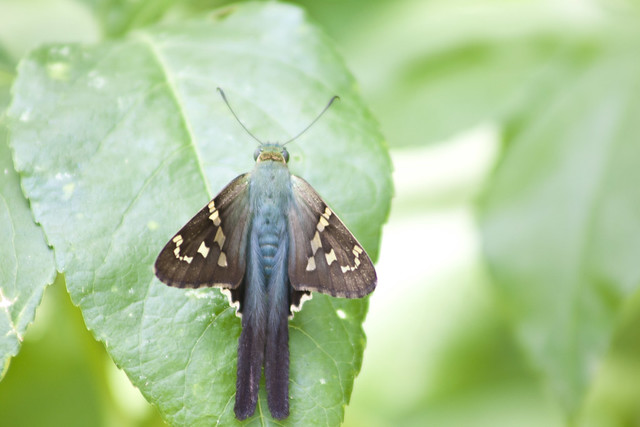
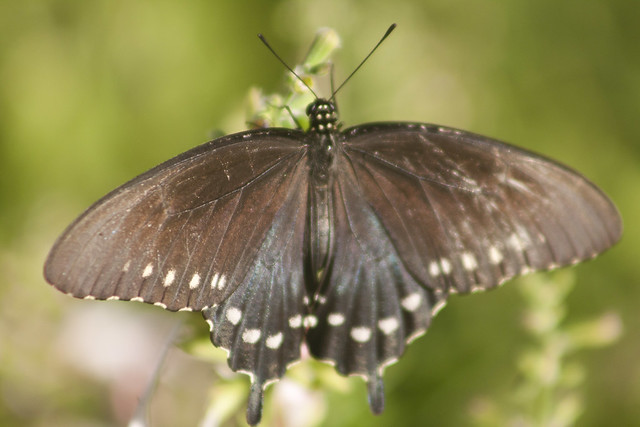
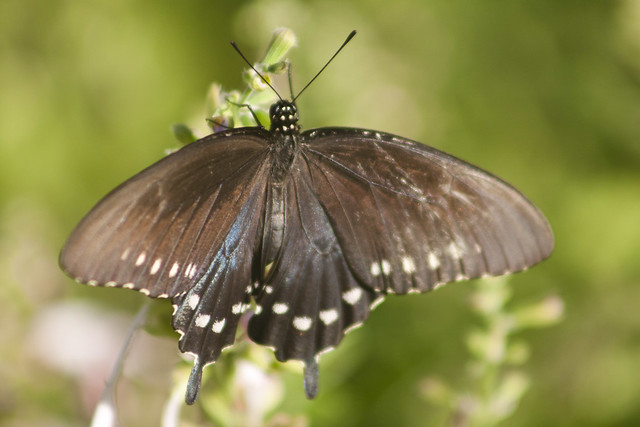
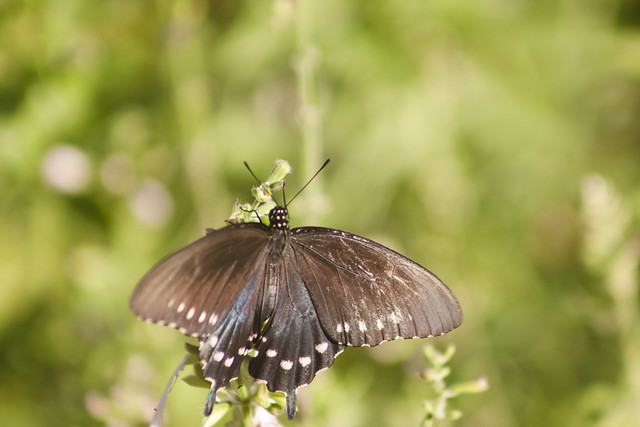
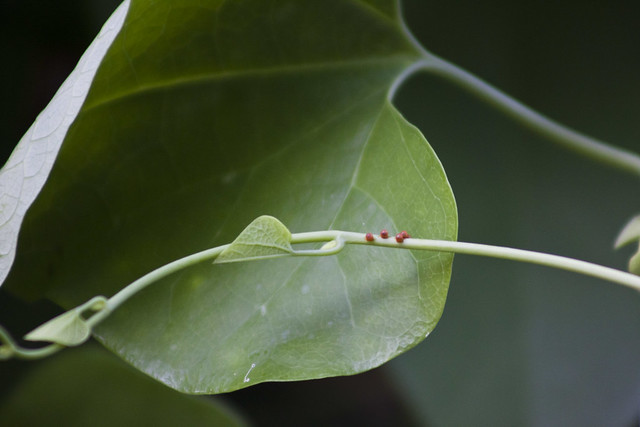

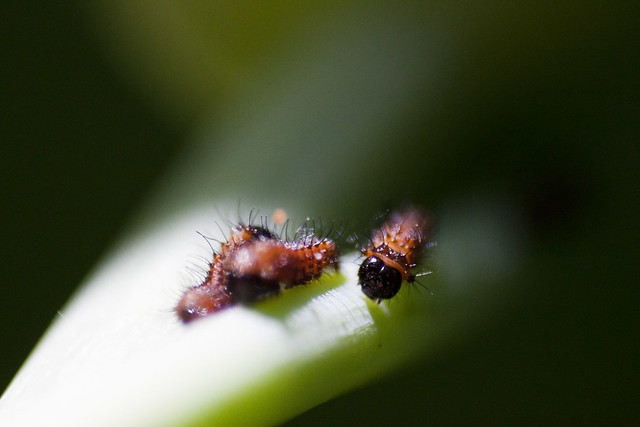
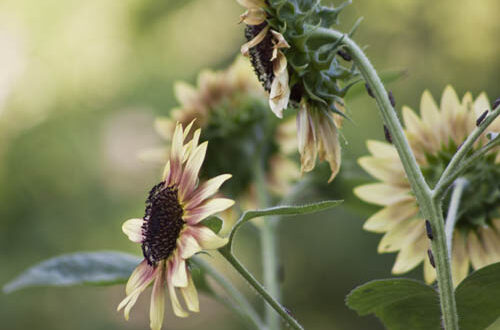
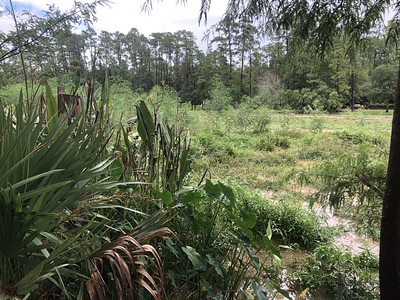
One Comment
Rebecca
I love the log tailed skipper is beautiful. You must have do e a great job with tour garden plan to attract so many. We haven’t had too many butterflies this year, though I think I said the same thing about last year until the very end if summer.